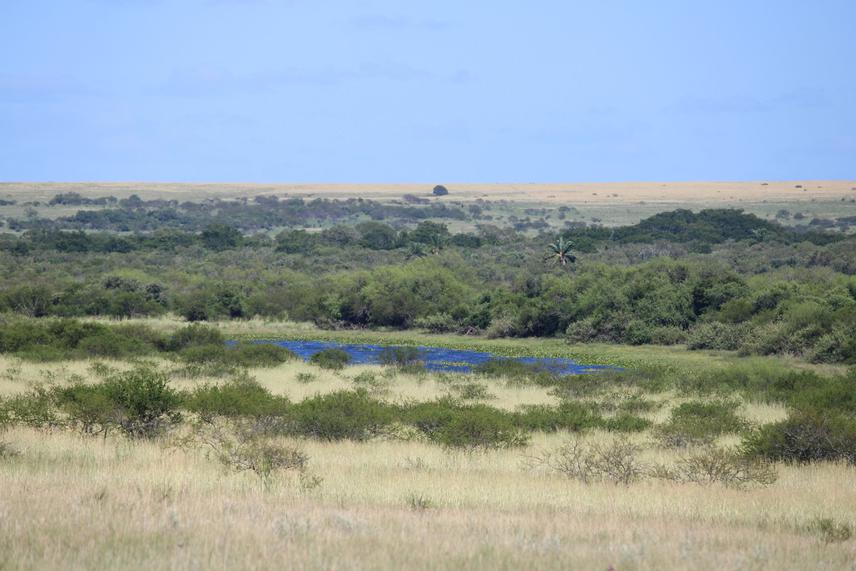Social media videos featuring the project.
Você conhece o bioma Pampa?
13 Nov 2019 Quaraí, Brazil, Central and Latin America Mammals | Habitats | Bats
Effects of Fire on Bat Diversity and Occupancy in the Megadiverse Brazilian Savannas
Our project aims at uncovering the hidden bat diversity of the Brazilian-Uruguayan savanna, to define species distribution ranges and to model species occupancy. With this information we aim to estimate changes in bat taxonomic, functional and phylogenetic diversity according to changes in land-use, mostly resulting from agricultural and livestock production schemes. Our approach introduces a major innovation in the Neotropics: full sampling based on non-invasive monitoring techniques and the incorporation of multiple scales of estimation of occupancy. This will support proposals for the definition of conservation units and management actions in the least protected Neotropical ecoregion.

Most studies done with bats in Brazil have done so using mist-nets, which ultimately underestimate the occurrence of insectivorous bats. Edge-space but mostly open-space insectivores should represent the majority of species occurring in the Brazilian-Uruguayain savanna, so acoustic monitoring is the most adequate method to fill the huge gap in knowledge on life history, ecology, occupancy and habitat use by insectivorous bats in the region. By using a wide and comprehensive acoustic monitoring sampling scheme across a large region, and by covering distinct levels of land-use change within the landscape, we expect to obtain robust data on species occupancy to estimate the multiple dimensions of bat diversity at different spatial scales, and the effects of changes in the landscape on those dimensions, as well as on the occupancy of individual species and foraging guilds. We will model species and guilds (edge- and open-space foraging guilds) occupancy using compositional and structural landscape components as predictors at multiple scales. This will allow us to understand how different species respond to land-use changes, if those responses are more intense due to changes in landscape composition or configuration, and will ultimately support the proposal of measures, at different scales of approach, to guarantee the preservation of multiple components of bat diversity.
Our ultimate scientific target is to overlap spatial models of species occupancy, taking into consideration landscape connectivity. This should allow the identification of highly diverse areas, including suitable areas for rare or absent bat species elsewhere, thus enabling the identification of priority areas for strict biodiversity conservation, as well as areas with sustainable agricultural and livestock production schemes, ultimately guaranteeing the maintenance of traditional livelihoods in the region. Our results should further support discussions regarding environmental licensing of projects planned for the region.